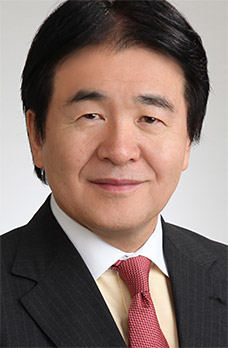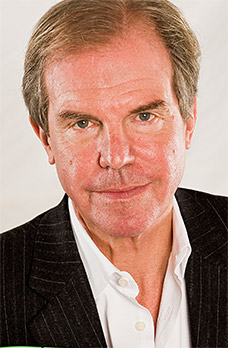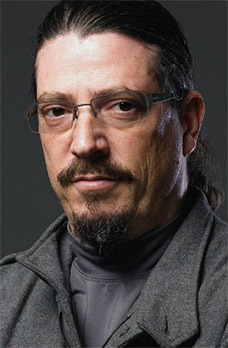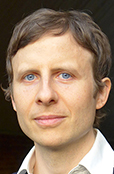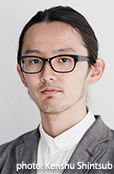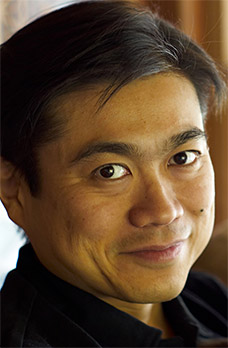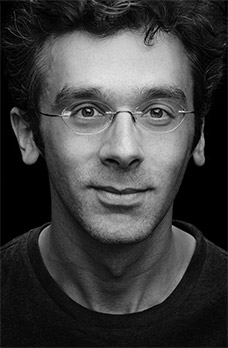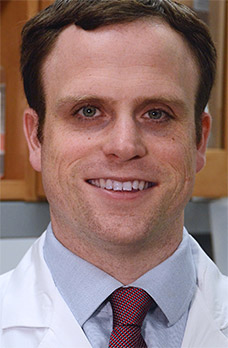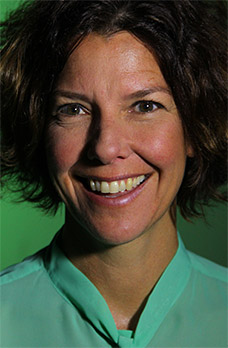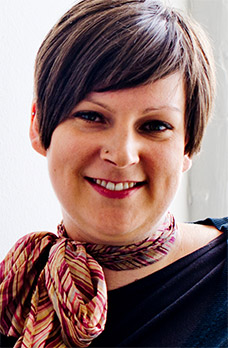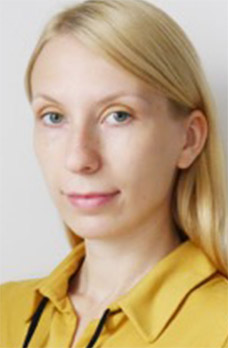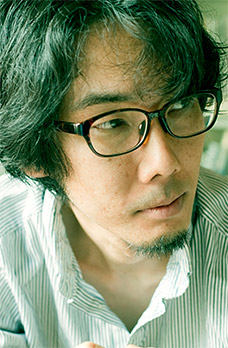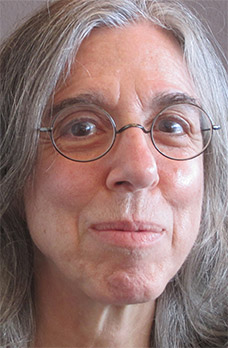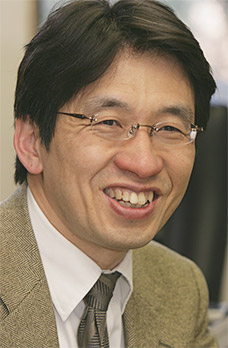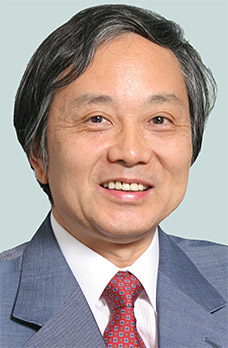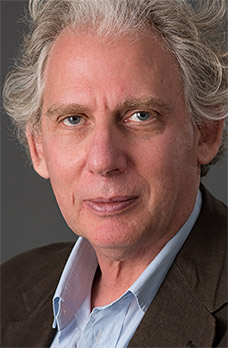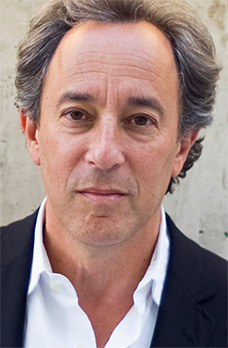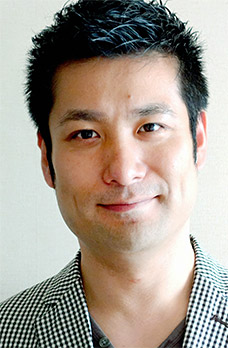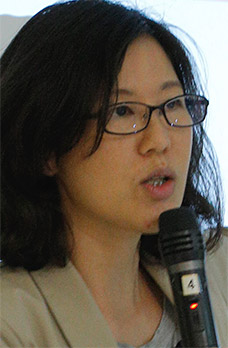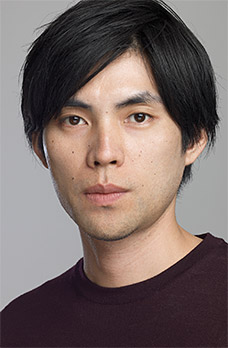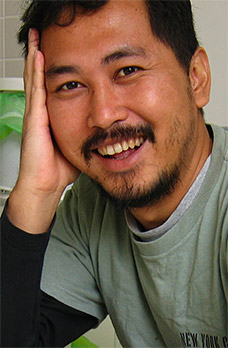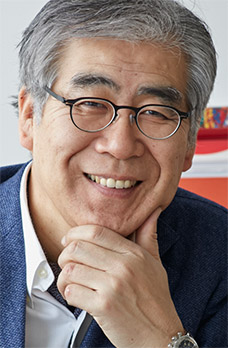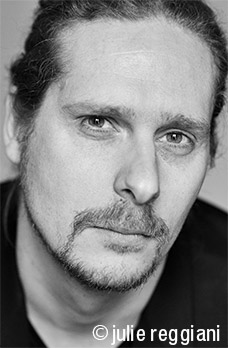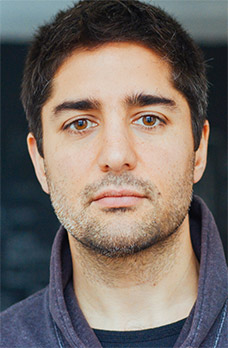[Day1] October 14 (Wed)
10:00-12:00
Tower Hall
Keynote Session
City Brainstorming & Keynote Address
City Brainstorming
Keynote Address 1
"Differences"
For this year’s keynote address, we are welcoming Mr. Negroponte, who founded the MIT Media Lab 30 years ago. MIT Media Lab creates leading-edge technologies in the world and continues to propose ideas for our future in terms of technology. Was Mr. Negroponte imagining our current lifestyles 30 years ago? What kind of vision does he have concerning our future lifestyles?
Keynote Address 2
“Not a necropolis, but a histopolis; when cities come alive”
In 2000, Mr. Oron Catts founded “SymbioticA,” an organization that conducts research from the viewpoint of art, in the School of Anatomy and Human Biology, The University of Western Australia. We will listen to Mr. Catts, who has been recognized as one of the “top 20 designers making the future and transforming the way we work,” about a new sense of values expressed through art using biotechnology.
13:00-15:00
Tower Hall
Leading-edge Technologies Session 1
The New Metabolism
Products, building and cities can come to life
“New Metabolism” is a key word that emerged during a design conference held at MIT Media Lab in July. Technologies in the field of biology are advancing at an amazing speed. We are entering an era of designing the metabolism of energy across scales from cells to cities as exemplified by virus detection systems using microbes as sensors and development of materials incorporating microbes that act in concert with human biological reactions. In this session, an architect and an artist will join Mr. Benjamin, who took the podium during the conference held in July, to discuss the possibilities of this “New Metabolism.”
15:30-17:30
Tower Hall
Leading-edge Technologies Session 2
Second Brain for the Smart City
Learning from the Urban Microbiome
The session begins within the context of the question, “How are urban microbiomes impacting our lifestyles?” It covers urban environment design involving urban microbiomes from diverse perspectives such as hardware, software engineering and biotechnology.
19:00-21:00
Tower Hall
The Japan Foundation Asia Center Session
Evolving Asian Cities and Platforms
Innovators who are continuously developing creative platforms
- Exploring the future of Asia with innovators

Currently, creators who become key persons in Asia, rather than staying within the realm of their successful activities, have built a platform that links each other, and produced a collective entity that enables them to take advantage of their individual characteristics and power. Rather than a top-down approach from big capital and organizations, a bottom-up movement generated from a small gathering of thoughts and actions has engulfed society in a big swell before long, and started to present a new eco-system.
In this session, we will explore what kind of future that innovators who have generated a new movement in various Asian cities and continuously developed a creative platform will build for Asia with their creative intelligence.
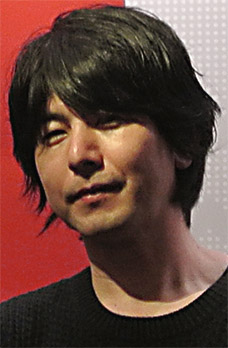
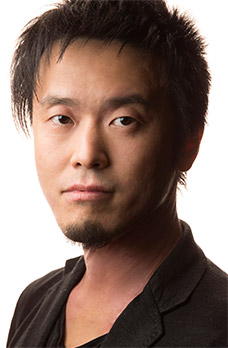
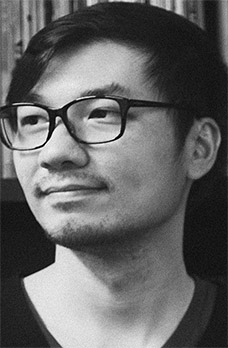

Hiroaki Shono Co-founder, ACN / President, vision track inc.
Eisuke Tachikawa CEO/Founder, Design Studio Nosigner
Jackson Tan Artist & Co-Founder, PHUNK / Creative Director & Curator, BLACK
Jiradt Pornpanitphan Editor in Chief, Cheese Magazine, BOOKMAKER CO., LTD.
Planning and Cooperation: Arina Tsukada
[Day2] October 15 (Thu)
10:00-12:00
Tower Hall
Special Session
Global Initiatives in Art/Technologies/Cities
WATERSHED's Initiatives (Bristol, UK) - The possibilities of Playable City® that has been explored since 2012 and its development in Tokyo
Rapid technological advancement has brought great change to the city infrastructure and the way we live. In 2012, Watershed, a digital creativity centre based in one of the UK’s most creative cities Bristol, launched “Playable City” a new open innovation space to prototype new applications and experiences that place people and play at the heart of the Future City. Drawing on Playable City ideas generated both in the UK and the Playable City Tokyo programme launched in 2015, this session will explore new visions for the Future City.
13:00-15:00
Tower Hall
Urban Development Session 1
Tokyo: Urban Identity in Globalization
Is globalization homogenizing cities? What makes Tokyo a uniquely appealing city?
The sweeping changes in economic and social spheres brought about by globalization have had tremendous impacts on the ways urban spaces are organized. As we clearly observe in any major cities in Asia, there is a paradox in the dynamism: whereas globalization seems to intensify spatial diversity within a city, the cities in the world look increasingly similar, as if gradually losing their “identities.” In the increasingly interconnected world, how could a city like Tokyo maintain its own uniqueness and increase its attractiveness? This session invites international experts on sociology, architecture, and urban development to discuss the issue of urban identities in the age of globalization.
15:30-17:30
Tower Hall
Urban Development Session 2
Urban Development x Area Management
Experts from London and New York offer Tokyo insights on city creation
The greatest cities on the planet continue to grow even greater. London enjoys a steady post-Olympics growth and seeks to increase the momentum for the success of its key regeneration projects. New York has revolutionized the notion of public realms in the past decade and successfully improved the quality of its parks and streets through public-private collaborations. For a city like Tokyo that wants to become the most attractive city in the world, what can we learn from the stories of these cities about building and improving a truly livable and competitive urban space? In this session, experts from London and New York are invited to discuss the latest development projects in London and the Business Improvement Districts in Manhattan to engage in a dialogue to envision the future of the most prosperous cities in the world.
19:00-21:00
Tower Hall
The Japan Foundation Asia Center Session
Future in Asia: Redesigning for Community
Exploring the possibilities of community design toward social issues such as natural disasters and economic disparities

Who should resolve social issues? In the past, experts have resolved them by bringing together their ingenuity. However, there are issues that still remain unresolved. Instead, we feel that more issues are arising. The roles of the experts remain important, but from now on, citizens must also work together to resolve the issues. In that case, who should serve as a mediator to mobilize the forces of the citizens, and who should enhance the citizens’ capability to resolve the issues? Can designers fulfill that role?
In this session, the panelists will talk about the possibilities of community design in which the citizens will resolve the issues in a beautiful way, citing approaches to natural disaster and economic disparities in Asia as case examples.
[Day3] October 16 (Fri)
10:00-12:00
Tower Hall
Art and Creativity Session 1
Redefinition of Design "Is this a matter of design?"
Today, the word design has come to be used in a very broad sense, and definitions and boundaries of design have become ambiguous. At the same time, the expression “Everything is design” has appeared. In this session, we have ventured to take up as subjects for consideration genres and perspectives that were not included in design under traditional concepts. In particular, we will discuss creative potential from new perspectives by taking up as examples architecture from the perspective of food, creation of cities from the viewpoint of art and design, and re-interpretation of maps from the viewpoint of local cultures.
13:00-15:00
Tower Hall
Art and Creativity Session 2
Redefinition of Design "What is it that you design?"
“What should be made the subject of design” is a big issue. Creativity and critical perspectives are largely defined by the selection of the subject. We will hold discussion on what the architect and the designer who worked on the curation of Design Biennale and the artist who alters urban spaces with media art should design now, what kind of significance would be generated from that, and where would cities and their aesthetics turn.
15:30-17:00
Tower Hall
Art and Creativity Session 3
Redefinition of Design "Design returns to nature"
Presently, the leading edge of technologies exists in synthetic biology. What becomes possible with these technologies is that humans are beginning to be able to create everything related to living things such as plants and animals. As a result of these technologies, medicine, food, sports, and space travel have changed and are entering a new phase. No longer are humans maintaining nature by mimicking it, they are able to design nature. From this perspective, it can be predicted that biotechnology can greatly change our lifestyles. The four panelists who look to the future will talk about their sensational visions of cities and lifestyles in the future.
17:00-17:30
Tower Hall
Closing Session
Discussion among the Program Committee members Heizo Takenaka, Hiroo Ichikawa, Fumio Nanjo, Joichi Ito and all the speakers.

